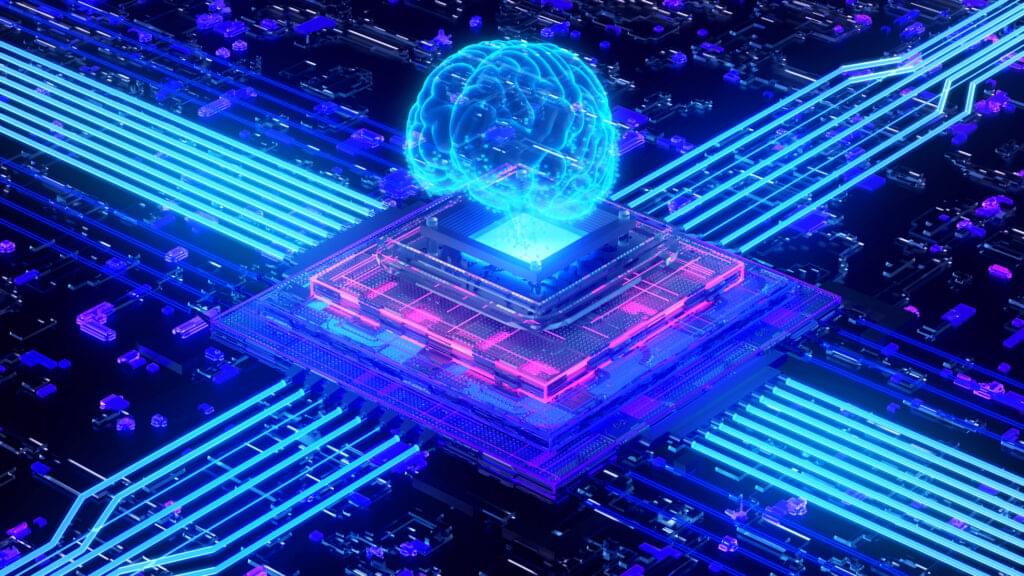Subscribe for exclusive content at https://lawrencekrauss.substack.com/
Learn more and support the foundation at https://originsproject.org/
Connect with Sabine:
https://www.youtube.com/channel/UC1yNl2E66ZzKApQdRuTQ4tw.
https://www.instagram.com/sciencewtg/
Connect with Lawrence:
https://www.youtube.com/@lkrauss1
Tweets by LKrauss1
https://www.instagram.com/lkrauss1/
A note from Lawrence:
I’m excited to announce the third episode of our new series, What’s New in Science, co-hosted by Sabine Hossenfelder. Once again, Sabine and I each brought a few recent science stories to the table, and we took turns introducing them before diving into thoughtful discussions. It’s a format that continues to spark engaging exchanges, and based on the feedback we’ve received, it’s resonating well with listeners.
This time, we covered a wide range of intriguing topics. We began with the latest buzz from the Dark Energy Spectroscopic Instrument suggesting that dark energy might be changing over time. I remain skeptical, but the possibility alone is worth a closer look. We followed that with results from the Euclid space telescope, which has already identified nearly 500 strong gravitational lensing candidates—an impressive yield from just the early data.




